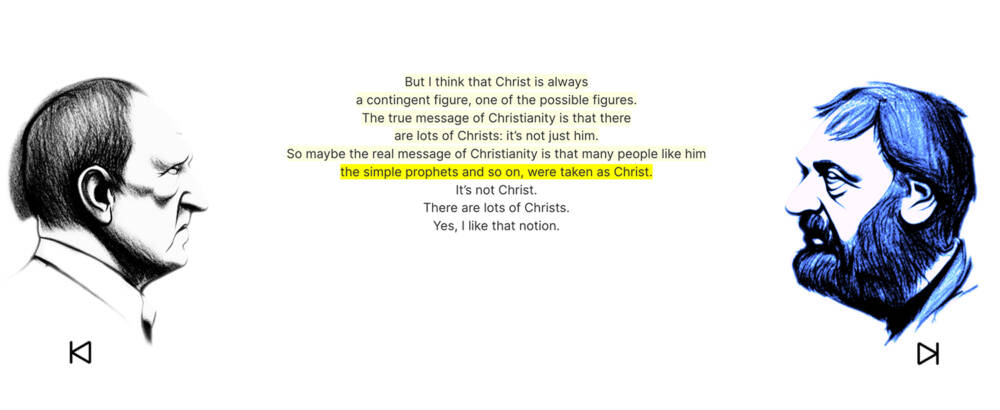AI-Generated Anime: A Game-Changer or Insult to Pro Animators?
Could AI-generated anime change animation forever or is it just a short-Lived Fad? Corridor Digital, a Los Angeles-based production studio made an AI-generated video ‘Anime Rock, Paper, Scissors’, which has raised everyone’s ears. Is it really walking on thin ice with animators? Let’s figure out how technologies have been creeping their way into artistic fields in both entertaining and harmful ways.
In “Anime Rock, Paper, Scissors,” a pair of twins compete for the throne that has become vacant after their father’s death. The battleground for their conflict is a game of “twin blade” played with rock, paper, and scissors. Corridor Digital utilized Stable Diffusion, a machine-learning text-to-image model, to create a compelling anime-style visual effect for the green screen footage, essentially employing AI-assisted rotoscoping.
Although some creators of AI-generated content create videos purely for entertainment, others argue that they have democratized the animation industry. However, in reality, they have merely developed a more technologically complex means of appropriating the works of other artists. But claiming that you understand the visual language that anime studios strive to portray while copying the art style of anime studio Madhouse’s work literally frame by frame isn’t a “democratization” of anime creation.
However, Corridor Digital claims to have created a new way of animating that allows for greater creative freedom and easier realization of visual ideas, without requiring the massive budgets and resources of large animation studios:
“Through this experiment, we’re figuring out how we can use [our] own art with these tools to speed up the process. ‘Anime Rock, Paper, Scissors’ is the first step in our experiments [in] figuring out how any of this works in the first place,”
said Niko Pueringer, Co-founder of the Corridor Digital.

Pueringer revealed that Anime Rock, Paper, Scissors’ visual style was made by feeding their Stable Diffusion AI model background art and character images they took from the early aughts fantasy anime film Vampire Hunter D: Bloodlust:
“We tried to grab frames of like different people, some face shots, some torso shots, full body shots, hands, hair —when we train the model, it’s not going to learn any single subject. Instead, it’s going to learn the style in which all of these subjects were drawn.”
Although some fans of Corridor Digital may find the AI technology used in ‘Anime Rock, Paper, Scissors’ appealing, for others the anime is essentially plagiarism and a disservice to animators. It involves stealing from real artists in ways that are similar to the unethical use of machine-learning technologies that copy and sell actors’ voices without their permission.

Another AI-generated project on the contrary raises awareness about the ease of using tools for synthesizing a real voice. Infinite Conversation is an AI-generated, never-ending discussion between Werner Herzog and Slavoj Žižek. Everything you hear is fully generated by a machine.

Infinite Conversations is also a playful way to help us imagine what our favorite people would do, if we had unlimited access to their minds. Art and Philosophy, here exemplified by Bavarian director Werner Herzog and Slovenian philosopher Slavoj Žižek, can guide us while navigating these treacherous waters.